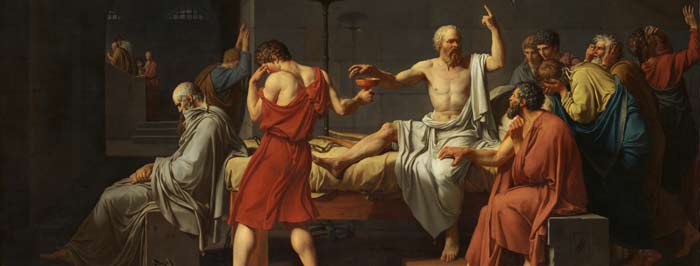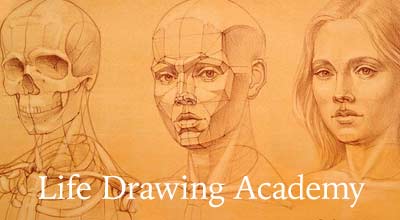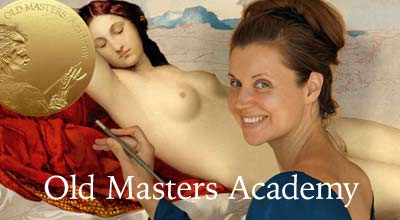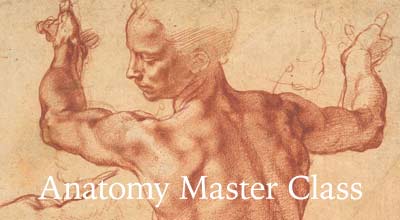Article by Flora
The Ancient Greek philosopher Socrates is known through Xenophon and Plato’s works.
As the figure at the very beginning of philosophy who met a very untimely and unfortunate end, Socrates and his life have been central themes in classical art.
Socrates’ story begins when he is summoned by the Oracle of Delphi. There he received the message: “Know Thyself” from the sybil of the temple. Yet, Socrates also knew that he knew nothing. He did not assert having knowledge or he did not claim power through his knowledge and opposing the popular Sophists of his time, he never asked money from the people who wanted to learn from him.
Even though he was very modest, living without any desires or wants, his dialogues and ideas brought him to various experiences. One is his story with his student, young Alcibiades, whom he had to drag out of a life of pleasure and debauchery.
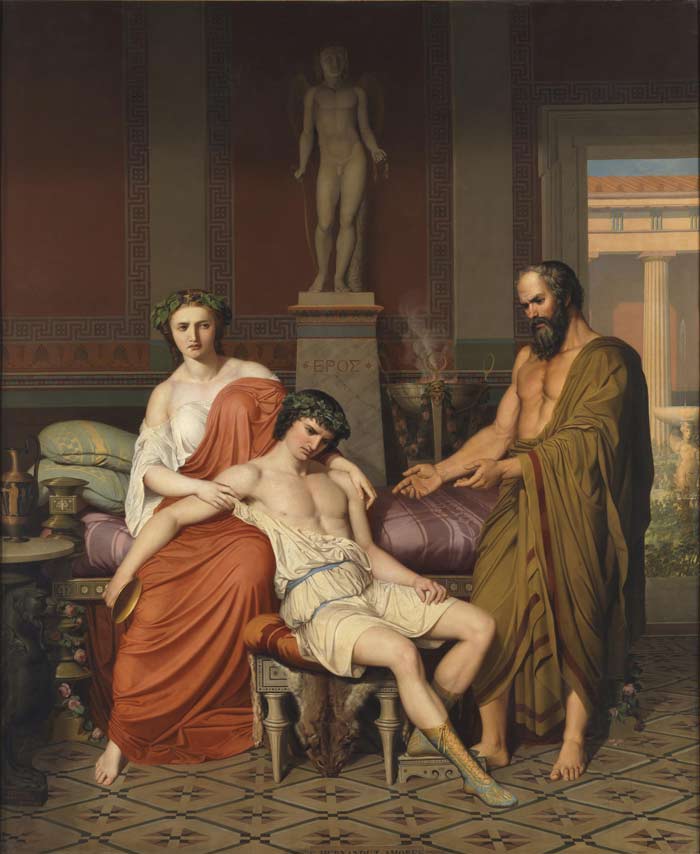
Germán Hernández Amores – Socrates Chiding Alcibiades in Home of a Courtesan
This scene where Socrates, the light of knowledge, enters the room of animalistic desires and takes the man out of that primal state, has been studied and painted by artists so many times.
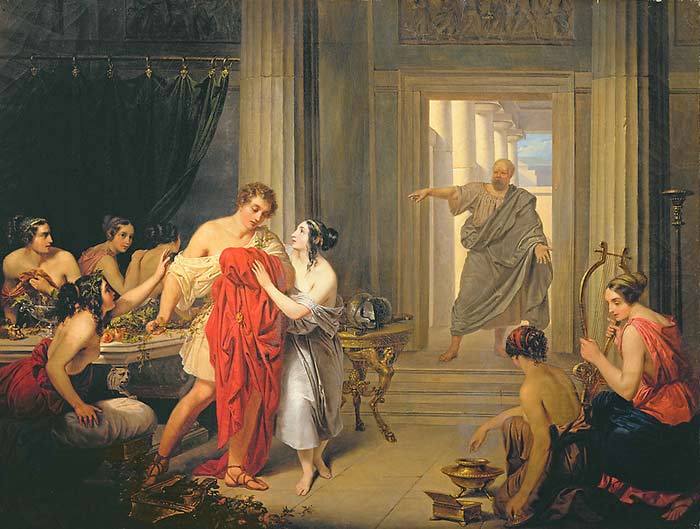
Alcibiade al bordello, Cosroe Dusi
In this scene, the young Alcibiades is ruled by his biological impulses, and his mind’s rational thinking side is inactive. Socrates’ entrance into the scene is a wake-up call for him to grow out of that unconscious state and start to discover the power of rational thinking. Eventually, taking a very active part in the politics of Athens and accomplishing his individuality through acts of heroism in the upcoming Peloponnesian War with Sparta.
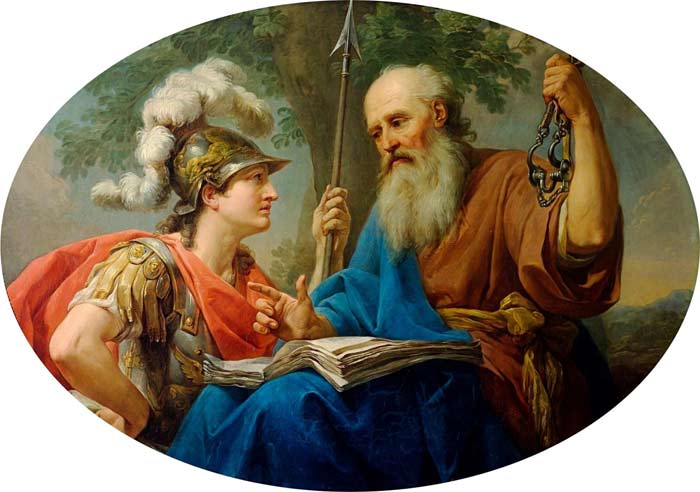
Marcello Bacciarelli, 1776-77 – Alcibiades Being Taught by Socrates
Yet, more than anything, Socrates was famous for his dialogues with the young people in the agora (town center) of Athens. He wanted to help young people gain awareness of their own wisdom by only asking them questions. He was not teaching but only asking, helping people realize they already knew what they sought for. Yet it all began with realizing that one does not know anything at all.
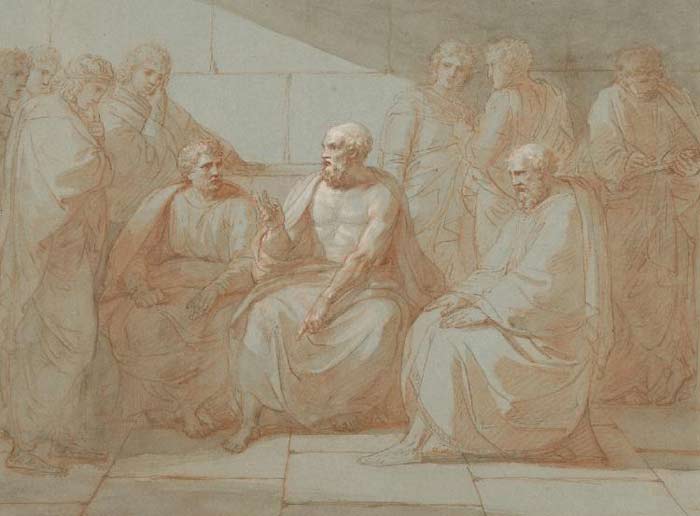
Josef Abel, 1807 – Socrates teaching his disciples
Socrates’ influence on the Athenian youth (among those, namely later philosophers Xenophon and Plato) had attracted too much attention. Eventually, he was accused of influencing the youth and was called to a trial. The trial of Socrates is elaborately told to us in the works of Xenophon and Plato. Following his trial, Socrates was sentenced to death by drinking the poisonous hemlock. The Death of Socrates is a classical theme in the history of art; it portrays how society and the established power structures of the society stand against the free-thinking individual yet can not harm the ideas.
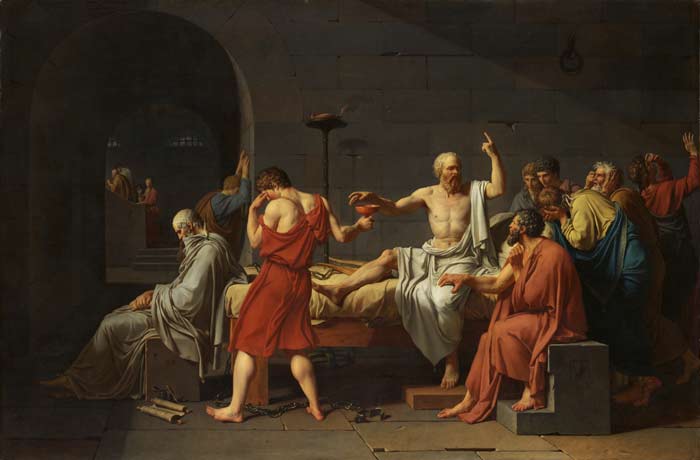
David- The Death of Socrates

